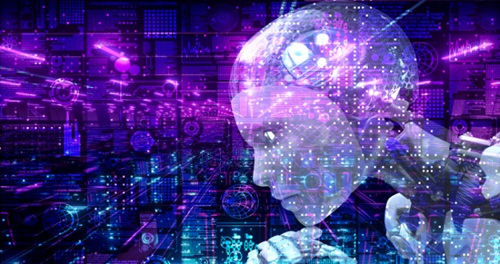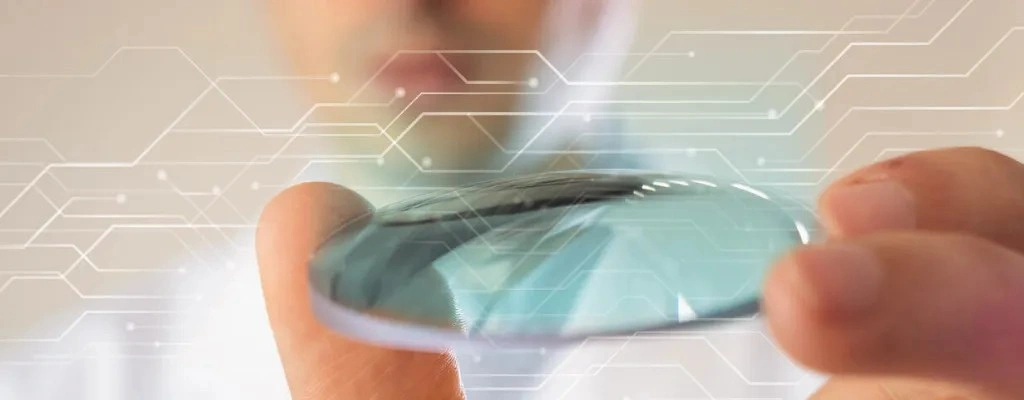Big Data refers to extremely large data sets that can be analysed to reveal patterns, trends, and associations unavailable to traditional research methods. Big Data analytics has already started to create a huge difference in the healthcare sector – think predictive analytics, fitness wearables, remote health monitoring, clinical decision support, disease surveillance, and population health management. A major advantage of Big Data analytics is the dramatically reduced time and cost required to generate important data which has the potential to improve care, save lives and lower healthcare costs.
Healthcare data has long been used for medical research, healthcare planning and policy development. Big Data in healthcare offers enormous potential because of the capacity to pool routinely collected data from multiple administrative, health, and demographic registries. The digitalisation of health-related information may well, however, have revolutionised the usability of data in medical research. As a consequence, the volume of data gathered in healthcare has exploded in recent years, while technological advances continue to drive the ever-increasing volume and type of health data being generated.
The eyecare sector, in fact, is very much leading the way in exploiting the capacity of Big Data and Artificial Intelligence (AI), but let’s explore the sources of Big Data first.
Sources of Big Data in Healthcare
Electronic medical records (EMR) represent a powerful source of Big Data. Although barriers exist to their universal adoption in clinical practice, these are becoming less significant and healthcare professions, including optometry, have broadly embraced the transition to EMRs. Analysis of EMR data can provide useful information to a specific practice (e.g. their patient demographics) or can be pooled to allow better disease detection, enhanced preventive care and a host of other benefits. By combining EMR data across countries and continents it even becomes possible to explore research questions that relate to interventions or health outcomes associated with rare conditions.

The sources of Big Data in healthcare, however, extend far beyond these established sources of information. The Internet of Things offers massive potential and is already contributing important health data. Wearable technologies now allow people to track their heart rate, blood pressure, weight, activity levels and stress levels. Smartphone apps are available to track exercise regimen and intensity, the amount and quality of sleep and other indicators of fitness and health. Medical imaging devices and sensors are now also unlocking the potential of being “connected” and are poised to deliver enhanced healthcare contributions by providing data from millions of patients on a continual basis. Other important sources of Big Data in healthcare include pharmaceutical research, health insurance records and opt-in genomic sequencing registries. Social media can also be a complementary channel of health data, with patients willing to share highly personal health information. Medical crowdsourcing is an emerging phenomenon that creates and exploits healthcare social networks to solve health problems or to contribute healthcare data. Although new, medical crowdsourcing has already been widely used across medical disciplines, including eyecare, where crowdsourcing has been explored, for example, in retinal image analysis.
Although Big Data cannot be analysed using conventional data processing techniques, access to and analysis of this data has become easier and allows conclusions to be drawn that would otherwise be impossible. In 2018, over 1 million OCT scans were analysed using AI, which proved capable of reading OCT scans and diagnosing ocular diseases as expertly as experienced ophthalmologists. The use of AI for diagnostic and other purposes will be a core feature of future healthcare delivery, exploiting the increasing data available to provide enhanced care and a means to cope with the increasing demand for eye health services.
With the help of predictive analytics, medical professionals and healthcare providers are now able to provide more personalised healthcare services to individual patients. Apart from that, fitness wearables, telemedicine, remote monitoring – all powered by Big Data and AI – are helping change lives for the better. Big Data will also provide new possibilities for research by enabling access to linked information from biobanks, electronic medical records, patient-reported outcome measures, automatic and semiautomatic electronic monitoring devices, and social media.
Big Data in Optometry
Optometry data has rarely (if ever) been used in Big Data applications. The EMR data being routinely collected by optometrists, however, is perhaps unique among all healthcare datasets in relation to its capacity to accurately map population demographics. In part 2 of this blog, we will explore in more detail the uniqueness of optometric data and how your optometry practice could play an important role in contributing to this data.




